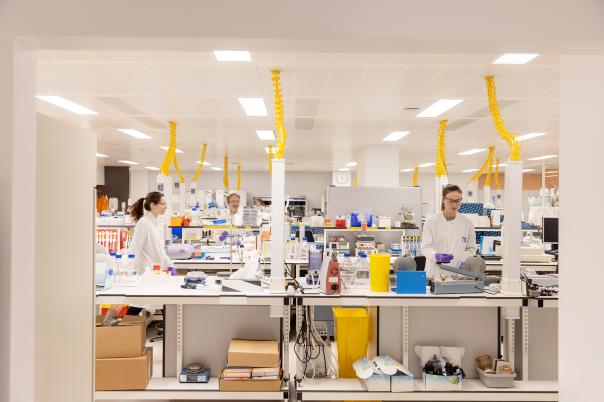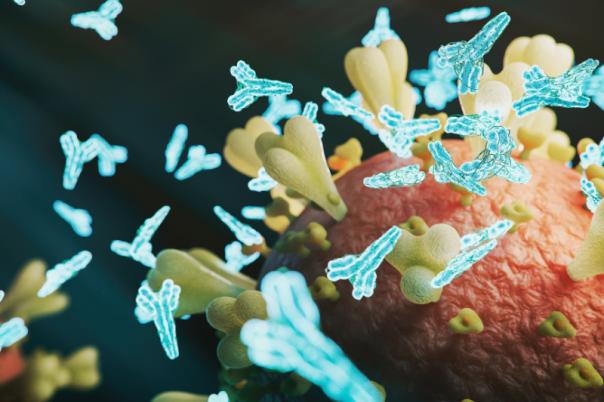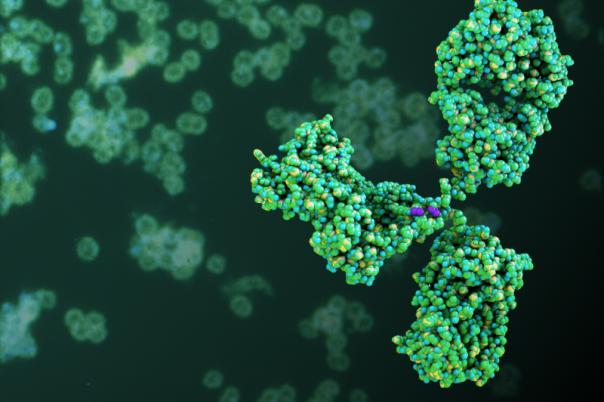In her presentation, Wenyu Liu, a senior principal scientist at Genentech, addressed the evolving landscape and challenges associated with T cell bispecific antibodies (TCBs), focusing particularly on immunogenicity risk assessment for biotherapeutic antibodies. Liu began by highlighting the remarkable growth in the field of bispecifics, noting that clinical trials have surged from single digits fifteen years ago to over 600 in the current year, with oncology remaining the primary focus, but with increasing activity in immunology and cardiovascular diseases.
Liu explained that TCBs, also known as T cell engagers, function by bridging T cells to cancer cells, thereby directing immune attacks against tumours. She outlined that, while there are now several approved TCBs – mainly targeting haematological malignancies – newer agents are being developed for solid tumours. However, the novelty and complexity of TCBs introduce unique immunogenicity risks. Unlike traditional monoclonal antibodies, TCBs often contain foreign sequences and are produced using diverse manufacturing processes, both of which can elevate the risk of immune reactions. Furthermore, their mechanism of activating T cells inherently increases the likelihood of anti-drug antibody (ADA) formation.
The presentation discussed two case studies. The first examined ADA domain characterisation, revealing that traditional methods may overlook less dominant ADA populations, potentially leading to false negatives. Liu described a refined approach that improves detection accuracy by focusing on baseline inhibition rather than overall signal, thus providing a more nuanced understanding of immunogenicity.
The second case study recounted the redevelopment of a clinical ADA assay. Initial validation using commercial samples led to unexpectedly high false positives when applied to clinical samples. By adjusting assay conditions and revalidating, Liu’s team achieved improved drug tolerance and more reliable ADA detection. The updated assay revealed a higher-than-expected ADA incidence, prompting ongoing monitoring of its clinical impact on pharmacokinetics, efficacy, and safety.
Liu concluded by emphasising the importance of continually refining immunogenicity assessment methods and considering the totality of evidence when evaluating the clinical implications of ADA responses in the rapidly advancing field of bispecifics.





